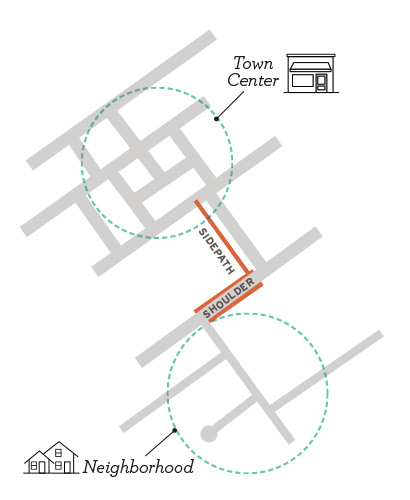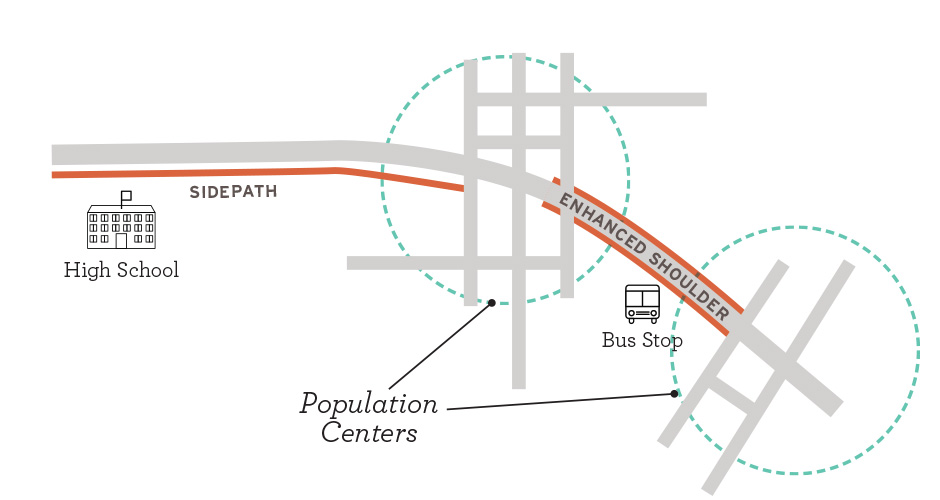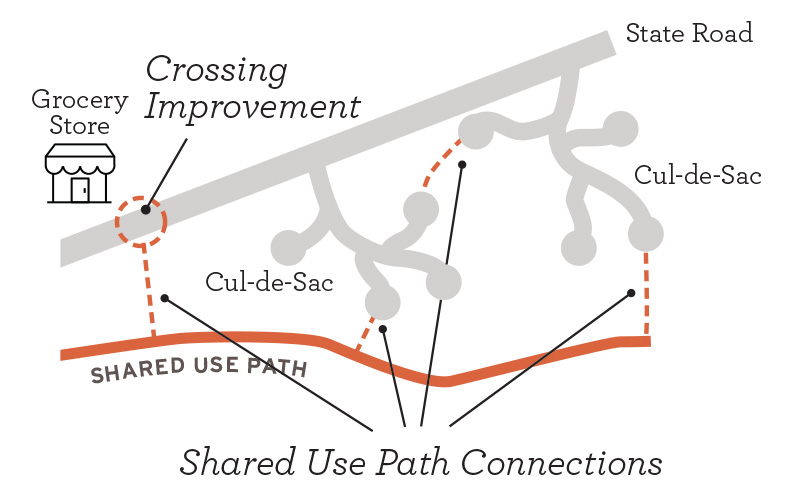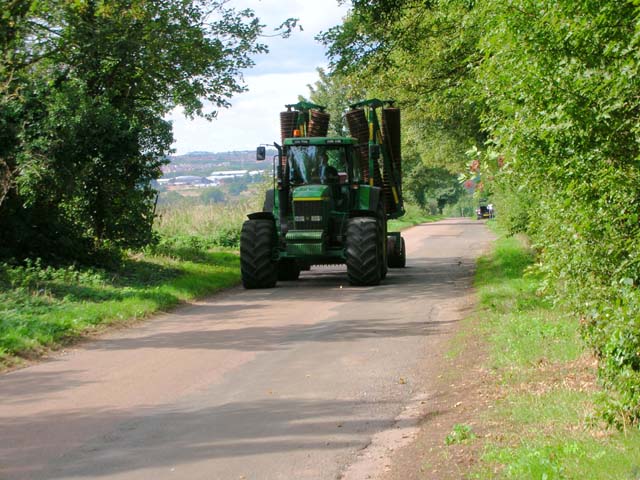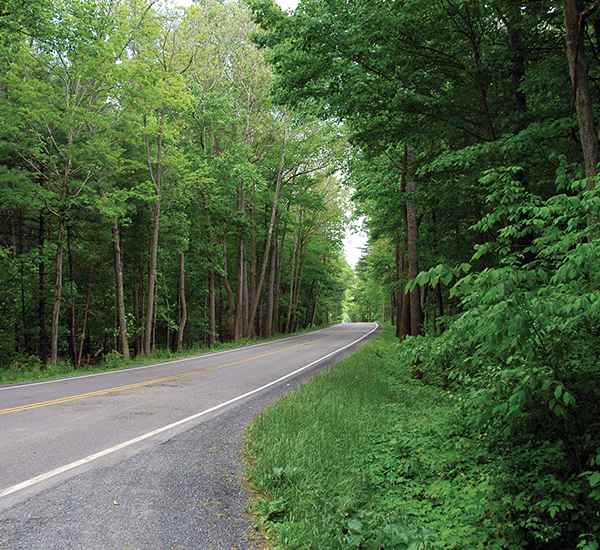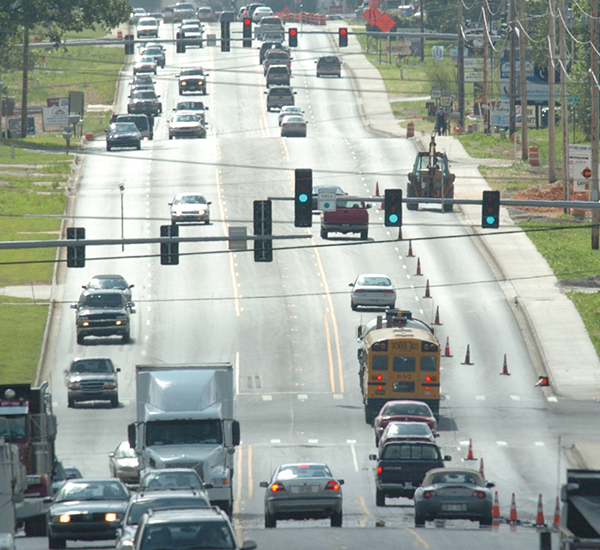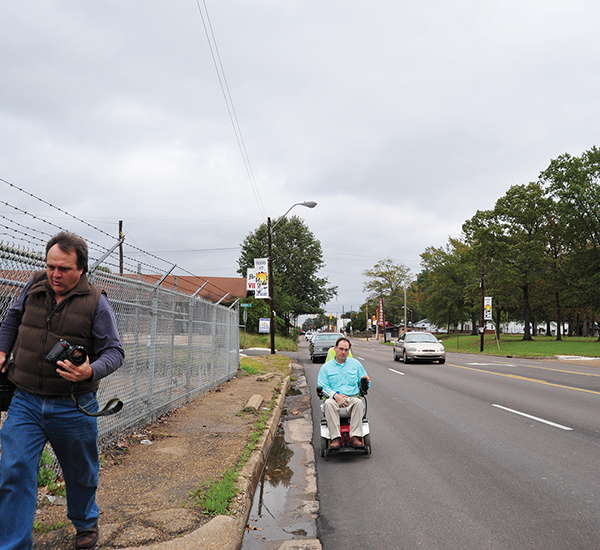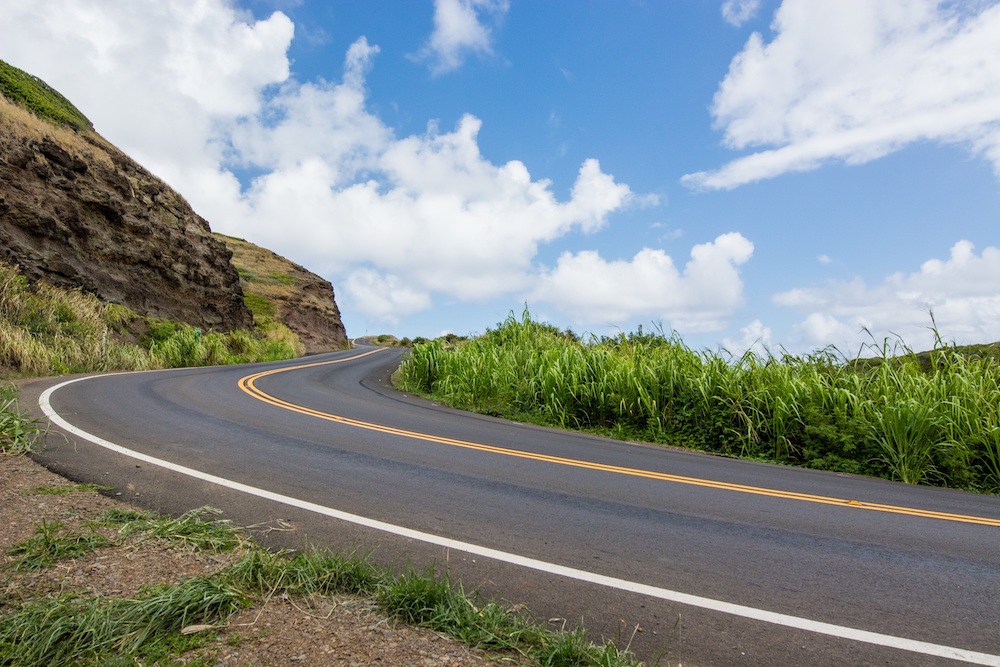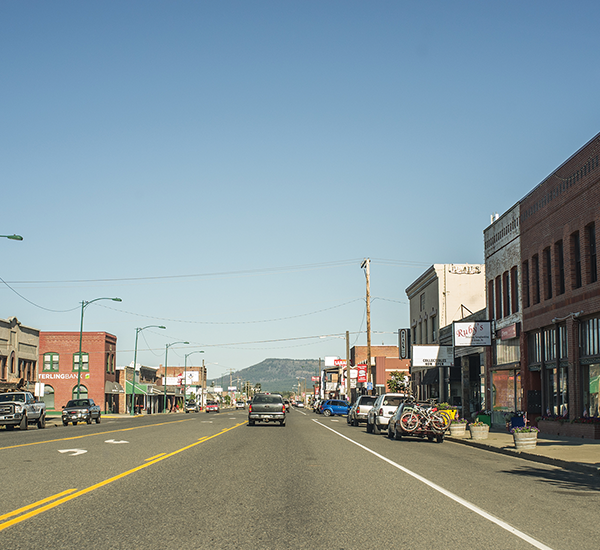Introduction
Why a Rural and Small Town Focused Guide?
Rural and small town America is diverse and varied throughout the country. According to the FHWA's Planning for Transportation in Rural Areas, 75 percent of America’s 3,000 counties qualify as rural and cover 81 percent of the land area. Approximately 19 percent of the population live in rural areas. For more information on official designations of urban and rural areas, refer to FHWA's website on Census Urbanized Areas and MPO/TMA Designation, available here
The field of planning and design for walking and bicycling is advancing rapidly, as more communities across America value incorporating active transportation into their daily lives. Much of the research and analysis of infrastructure design has been focused on larger cities, such as New York City, Portland, and Chicago. This guide is intended to provide design information on bicycle and pedestrian facilities specifically applicable to small towns and rural communities.
There is a need and desire to make travel safer and more active in small and rural communities.
While rural places vary considerably in geographic scale and character, there are common issues that prevail.
Though in many rural communities, residents live long distances from services, most small towns provide a compact center well suited for walking and bicycling trips.
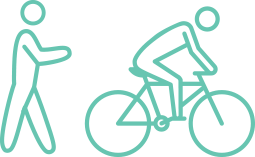
1 mile walk = 20 minutes (3 mph)
1 mile bike ride = 6 minutes (10 mph)
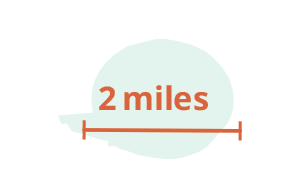
Allendale, SC
Population 3,328
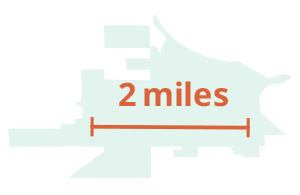
Palmer, AK
Population 6,250
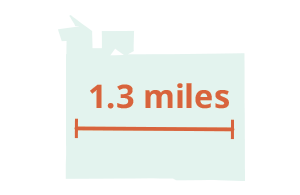
Rushford, MN
Population 2,102
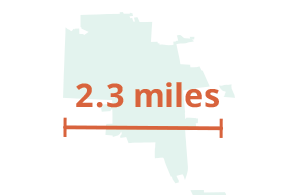
Ukiah, CA
Population 15,956
Building a Rural and Small Town Multimodal Network
Many communities have invested in good places to walk or ride a bicycle. However, few smaller communities have a complete network that supports people comfortably walking and bicycling throughout the community.
A complete network creates safe, comfortable, and accessible multimodal routes for people walking and bicycling. The network may be comprised of varying facilities that appeal to a range of ages and abilities, such as shared use paths, sidewalks, and bike lanes. These facilities also provide equitable transportation for people of all income levels.
A safe and direct network provides convenient access to key destinations, while minimizing exposure to motor vehicle traffic. In addition to physical safety, user comfort is an important aspect of a multimodal network. Typically, additional separation between motor vehicles and those walking or bicycling, or slowing motor vehicles to walking and bicycling compatible speeds, is desired to create a more comfortable network.
Small and rural towns have great potential for creating viable networks that serve residents and visitors. Common attributes of a small town network include connections between communities that are located along highways and access to retail businesses and schools in a relatively small area within the community core. Communities with strong ties to public lands may also prioritize connections to natural areas, and tribal communities may desire access to ceremonial sites outside of the core.
Creating Networks
Networks are interconnected pedestrian and/or bicycle transportation facilities that allow people of all ages and abilities to safely and conveniently get where they want to go.
Developing interconnected networks of bicycling and walking facilities in rural and small town settings can be challenging due to a lack of alternate through roadways and the concentration of motor vehicle traffic on major roads. Planners and engineers must think creatively to establish connected facilities within communities, and consider how all roadway types and independent connections can be used to create access to key locations. A connected network is not developed by a single trail, sidewalk, or bike lane but is comprised of many facilities that support walking and bicycling throughout the community.
FHWA’s Case Studies in Delivering Safe, Comfortable and Connected Pedestrian and Bicycle Networks 2016 lists principles of exemplary multimodal network creation. These principles are listed below, and the following images illustrate these concepts in a variety of network scenarios.
COHESION: How connected is the network in terms of its concentration of destinations and routes?
DIRECTNESS: Does the network provide direct and convenient access to destinations?
ACCESSIBILITY: How well does the network accommodate travel for all users, regardless of age or ability?
ALTERNATIVES: Are there a number of different route choices available within the network?
SAFETY & SECURITY: Does the network provide routes that minimize risk of injury, danger, and crime?
COMFORT: Does the network appeal to a broad range of ages and ability levels and is consideration given to user amenities?








